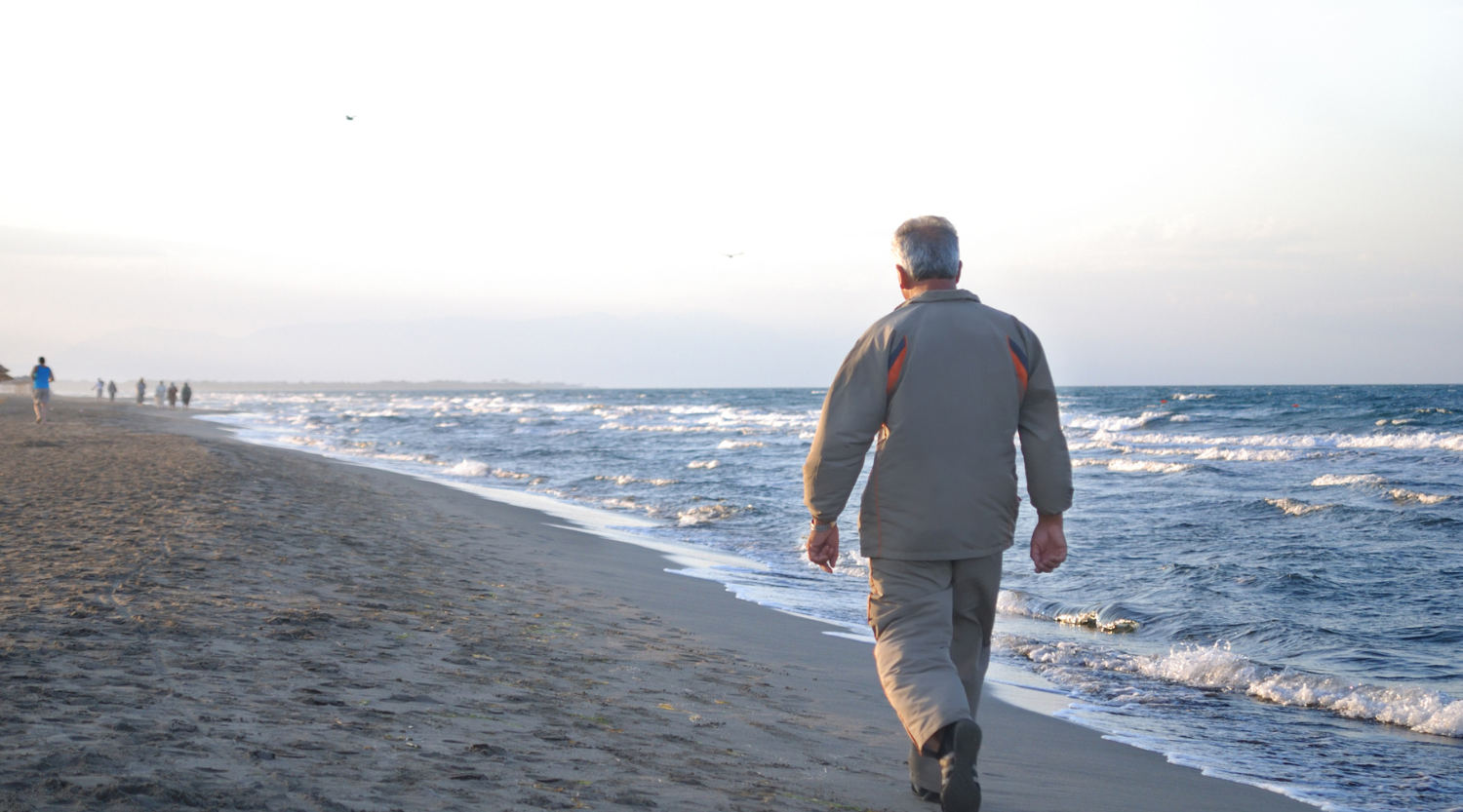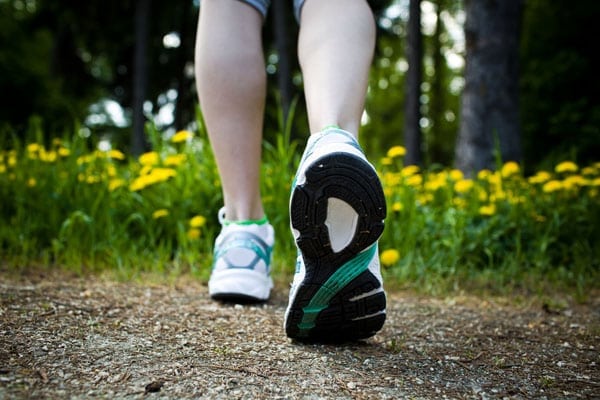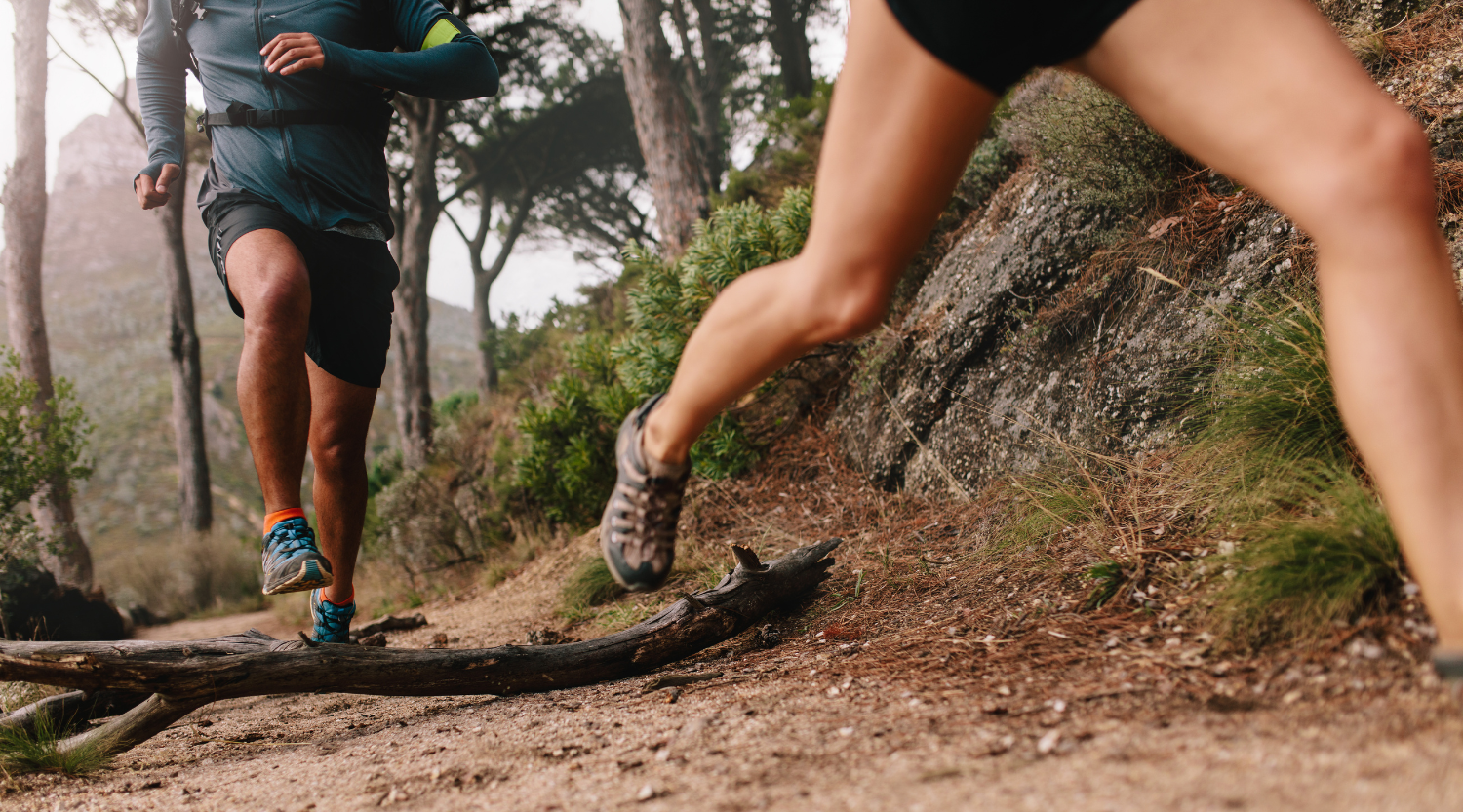
Jacksonville’s Dr. James St. George, founder of the The Vein Institute, stresses the importance of regular exercise to help ward off the development or improve the appearance of varicose veins.
Best Exercises for Varicose Veins
Following are a few of the most effective exercise choices for preventing varicose veins:
Walking: A brisk walk helps get your blood pumping. Do it often to strengthen your legs and veins and improve circulation.
Swimming: Swimming leg kicks keep your legs and heart are at the same level, which can help to prevent blood pooling.
Leg lifts: A variety of leg-lifting floor exercises that place the legs above heart level can encourage pooled blood to circulate. Work up to being able to keep your legs raised for at least one minute.
Heel and toe lifts: If you are standing at work, raise up on your toes frequently to flex your calves. Walk on your 
Low impact aerobics: Hamstring curls, high knee lifts, heel digs and side-to-side steps help boost blood circulation.
Dancing: Not only is it a great cardiovascular workout, it’s a great time with friends.
These are the best exercises for varicose veins but be sure to vary your exercise choices to keep from getting into a boring routine rut.
Frequently Asked Questions

IAC Accredited Vascular Testing
We are proud to be distinguished as an IAC Accredited Vascular Testing Facility. The Vein Institute adheres to the strictest national guidelines for vascular testing, demonstrating a commitment to the highest quality patient care.
Air travel involves more than just dealing with flight delays, lost luggage, or the risk of contracting diseases. Long-haul flights can also increase the risk of developing blood clots. The estimated incidence of blood clots among airline passengers is approximately 1 case per 4,650 flights longer than 8 hours. Blood clots, or thrombosis, are blood […]
During hot summer weather, the symptoms of varicose veins tend to worsen, causing more pain and inflammation. About 24 million Americans suffer from vein issues, and the high temperatures can exacerbate these conditions, leading to discomfort and swelling. How can you keep your varicose veins from worsening when the weather gets warmer? At The Vein […]




